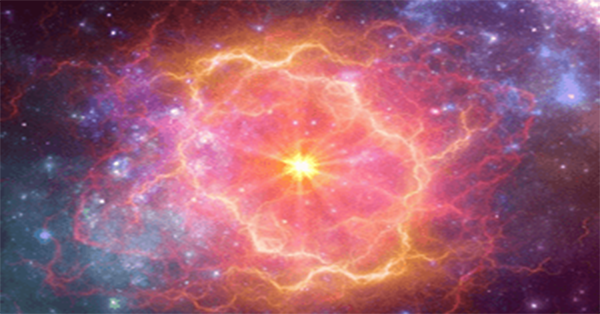Starlight Image Sensor Technology
By Teledyne e2v’s Pierre Fereyre, Bruno Gili, Stéphane Gesset, Alexandre Charlet, Séverine André and Philippe Kuntz.

How Deep is the Night?
Teledyne e2v has published this article on the latest technologies dedicated to vision in extreme darkness. Low-light applications require sufficient video throughput, signal-to-noise ratio, and spatial resolution to allow human interpretation of a complex scene passing through the digitization channel. It is therefore essential that the pixels be of optimum size and highly sensitive: every photon counts. Similarly, starlight sensor technology is a key factor, along with electronic noise suppression, to achieve exceptional sensitivity and clear night vision. The new FDPD (“fully depleted pinned photodiode”) technology makes this possible, while offering the best response in the near infrared. The QE and MTF performance at 950nm are demonstrated to be among the best in the field. The circuit is flexibly operated and incorporates low-level digital processing for image quality enhancement, such as high dynamic range (HDR) and fixed pattern noise (FPN) correction.
To download the technical paper please complete and submit the form.
